Israel-Hamas war: What happened on day 87?
Hamas fires New Year's rocket barrage at Tel Aviv, central Israel • IDF: 17% of soldiers' deaths in Gaza were due to accidents, friendly fire
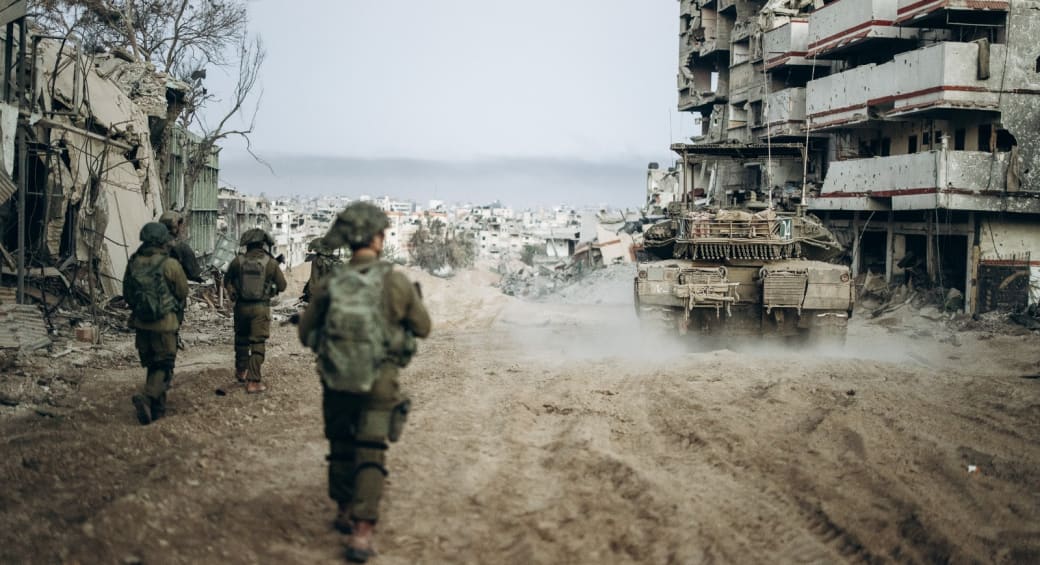
Two wounded in Ma'ale Adumim stabbing attack, terrorist caught

Two security guards were lightly wounded in a stabbing attack in Ma'ale Admumim on Sunday evening, Israel Police said.
The suspected terrorist was apprehended at the scene.
The two guards were rushed to a nearby medical facility after receiving initial treatment by Magen David Adom paramedics.
Police launched an investigation into the attack.
This is a developing story.
Go to the full article >>How the IDF slowed Hamas rocket fire from Gaza to a standstill
Already in late November, its capability to fire rockets from northern Gaza had dropped by 80%
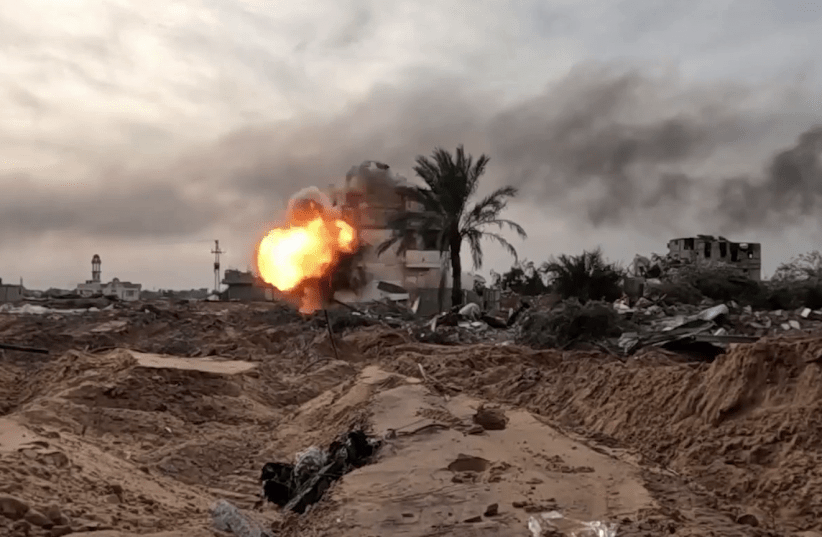
The IDF has brought down Hamas's rocket fire substantially in recent weeks since the temporary ceasefire expired and the invasion of Khan Yunis began.
During the week of December 1-7, Hamas still managed to fire 75 rockets per day, down from hundreds of rockets per day earlier in the war.
However, by December 8-14, the number of rockets from Gaza per day had dropped to 23.
From December 15-21, the average number of rockets dropped to 16, with the number remaining relatively steady from December 22-27.
A moment of quiet?
As of 7:00 p.m. on Sunday, no rockets had been fired by Hamas.
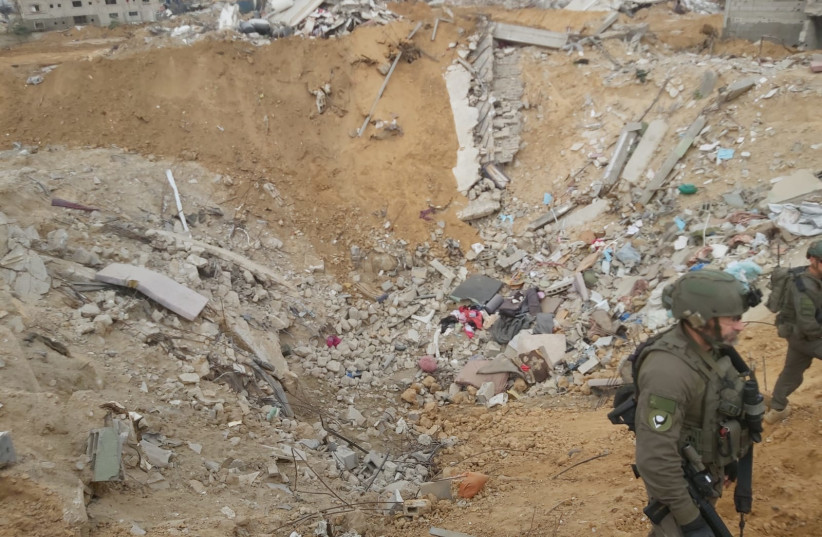
With Hamas having already fired, by some estimates, around 13,000 rockets and Israel has destroyed large numbers of Hamas rockets, rocket launchers, and areas for placing rocket launchers, the terror group has been losing its launching capabilities.
Already in late November, its capability to fire rockets from northern Gaza had dropped by 80%, and now its capabilities to fire rockets from southern Gaza has also dropped, though there is still a capability in Rafah.
Go to the full article >>IDF set to return large number of reservists from Gaza war
Even as the IDF draws down on its reservist soldiers, there are still seven brigades fighting Hamas in Khan Yunis in southern Gaza, up from an original four.
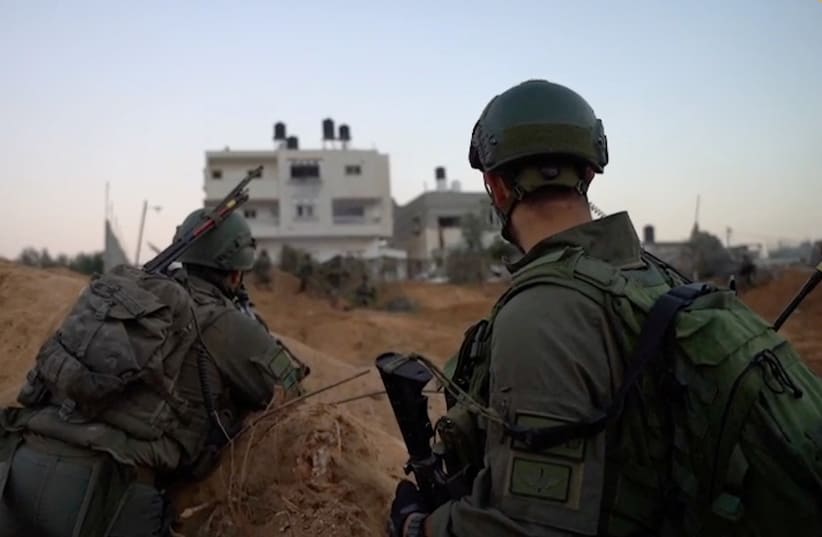
The IDF has put into full swing its process to return a substantial number of reservists to their civilian lives, with two additional full brigades set to return home later this week.
Earlier in December, Division 252 was released from service for the time being, having completed its mission in northern Gaza.
But the release of two additional brigades, the 551st and 14th Brigades, is part of a broader rollout that is expected to add additional brigades to return from duty, possibly on a weekly, if not monthly, basis.
The military expects that it will regularly evaluate what the impact is on the IDF's continued ability to take apart Hamas as an effective fighting force as it decides when and how quickly to release additional brigades.
Seven brigades still fighting Hamas in Khan Yunis
But even as the IDF draws down on its reservist soldiers, there are still seven brigades fighting Hamas in Khan Yunis in southern Gaza, up from an original four.
Essentially, the IDF is keeping maximum forces fighting in southern Gaza, maintaining its forces to deal with central Gaza, but is emptying out many of its northern Gaza forces, keeping only sufficient forces to hold back Hamas from returning in force.
Once there has been a full transition to Stage 3, it is expected to extend to three to nine months of fighting a Hamas insurgency.
Go to the full article >>Smotrich: Day after is different with only 200,000 Arabs in Gaza
"What needs to be done in the Gaza Strip is to encourage emigration," Smotrich told Army Radio.

US Special Advisor Amos Hochstein is due to visit as Israel pushes for a diplomatic solution to avoid an all out war with Hezbollah as the IDF continued to deepen its war against Hamas in Gaza.
The war cabinet met with Mossad Chief David Barnea on Sunday night amid continued reports of a pending hostage deal, that would see the release of additional hostages.
Earlier in the day, Prime Minister Benjamin Netanyahu promise that Israel would “eliminate Hamas, return our hostages and win the war.”
Separately, Finance Minister Bezalel Smotrich in an interview with army radio promoted a day after solution to Gaza that was deeply at odds with the international community and the United States.
The best option for Gaza would be for the Palestinians to voluntarily immigrate to other countries, leaving only a small Arab minority that supports Israel, Finance Minister Bezalel Smotrich told Army Radio on Sunday.
“If in Gaza there will be 100,000 or 200,000 Arabs and not 2 million the entire conversation on the day after will look different,” he said.
“Let’s think out of the box,” urged Smotrich who heads the
Religious Zionist Party. He is among those who believe it’s imperative to reconstruct Israel settlements in Gaza as the best way to ensure that terror groups such as Hamas do not return to that enclave to threaten Israel.
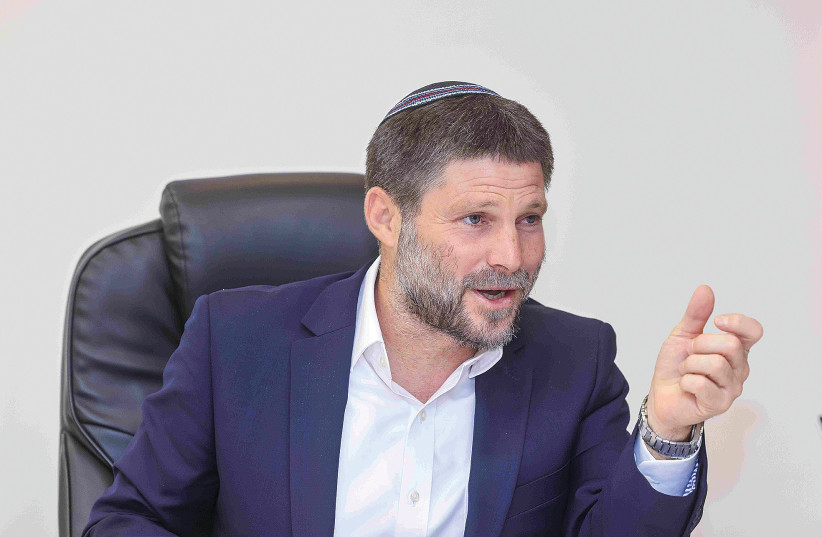
Gaza can’t continue to be a “hothouse” in which 2 million people are nurtured by hatred of Israel and fed with the idea of destroying it, he said.
“This is what has been happening in Gaza for 75 years,” he said.
Smotrich has made similar comments in the past
What needs to happen is emigration through an international plan, by which the residents of Gaza would be voluntarily relocated, Smotrich said.
“They [Palestinians] want to go. They have been forcibly held against their will in a ghetto for 75 years” in poverty and told that the only resolution to the situation is to destroy Israel and return to Haifa and Tiberias, Smotrich said.
“I think that we have solve the problem of Gaza and to rehabilitate its
He spoke of the fate of a coastal strip that has been home to 2.3 million, Palestinians most of whom have now been internally displaced as a result of the war.
Israel had withdrawn from Gaza in 2005, destroying 21 settlements there, handing the area over the Palestinian Authority. Hamas forcibly seized control of the enclave in 2007 in a bloody coup, forcing the departure of the Palestinian Authority’s Fatah party.
The United States and the international community wants to see a return of the PA to Gaza and has rejected any plans to relocate Palestinian residents. The PA, Egypt and Jordan have condemned any relocation plans.
Smotrich pushed back on Sunday, stating that the in the aftermath of the Hamas led October 7 attack against Southern Israel, in which over 1,200 people were killed and some 250 were taken hostage.
He explained that once the war is over and Hamas has been destroyed, settlements must be rebuilt.
“We have to control the territory and to control the territory there must be a civilian presence there,” he said.
He referenced Kfar Aza, one of the southern border communities targeted by Hamas on October 7, nothing that he would not want to see communities in central Israel suffer that same fate.
“We don’t want Kfar Saba to become Kfar Aza,” he added.
Reuters contributed to this article.
Go to the full article >>Israel-Hamas war: IDF deepens siege of Khan Yunis, Gaza's south
IDF increased its manpower in the South, with close to two full divisions operating in the area below Wadi Gaza.
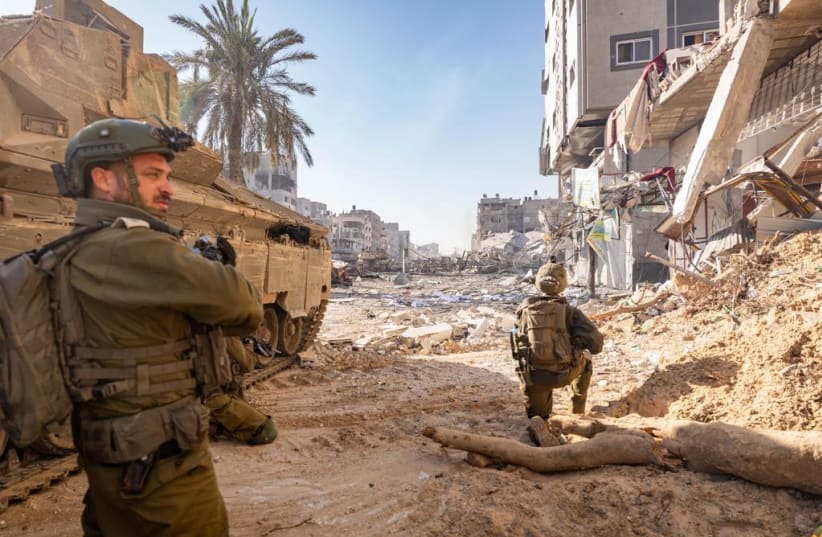
Israeli forces expanded its operations in Khan Yunis and across the Gaza Strip on Sunday ahead of the planned transition to "Stage 3" of the IDF's war on Hamas.
The IDF deepened its siege of the southern Gaza city, a hotbed of terror activity, with Israeli forces expected to continue their assault on Hamas in the city after the transition to "Stage 3," which refers to a point where the “main war” is over, but where the IDF is expected to continue for three to nine months to fight an insurgency.
IDF increased its manpower in the South, with close to two full divisions operating in the area below Wadi Gaza.
IDF looking in Khan Yunis to advance Gaza war goals
Israeli security sources remain hopeful that continued military pressure on Khan Yunis will eventually "bear fruit" in regard to the IDF's war goals in Gaza, set by Israel as the dismantling of Hamas, removal of any threat to Israel from the Gaza Strip, and return of all hostages taken on October 7.
Areas closer to Israeli towns in both the north and south of Gaza, including Shejaia, Beit Hanun, Beit Lahia, and Khirbat Ikhza'a, are undergoing "special treatment" by Israeli forces to ensure no security threat can be posed from the towns following the war, as per reports.
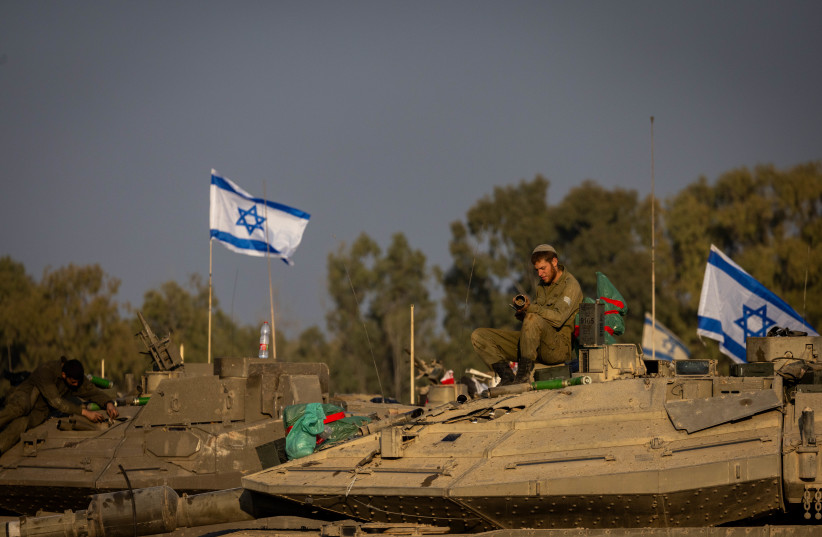
Earlier on Sunday, soldiers of the IDF's 14th Reserve Brigade discovered explosive devices in a children's playground connected to a kindergarten on the outskirts of the Shati refugee camp in northern Gaza. The devices had been prepared ahead of the soldiers' expected arrival and were safely neutralized.
Furthermore, IDF troops identified four Hamas terrorists who were carrying explosive devices advancing toward them. An Israeli Air Force aircraft thwarted the cell.
Yonah Jeremy Bob and Jerusalem Post Staff contributed to this report.
Go to the full article >>Israel-Hamas War: What you need to know
- Hamas launched a massive attack on October 7, with thousands of terrorists infiltrating from the Gaza border and taking some 240 hostages into Gaza
- Over 1,200 Israelis and foreign nationals were murdered, including over 350 in the Re'im music festival and hundreds of Israeli civilians across Gaza border communities